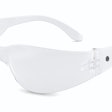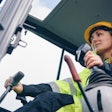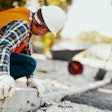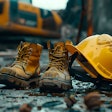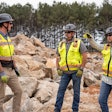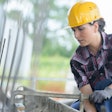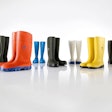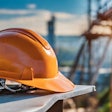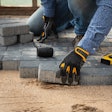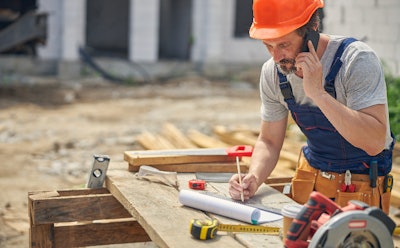
Whether to choose to wear overalls or a pants and a shirt combination for construction work will depend on specific job site factors and worker preferences. Construction workers should consider the work task, jobsite weather conditions, desired comfort and protection level and safety consideration when making the choice.
This previously published story in IRONPROS examines the advantages bib overalls offers to construction workers, including safety, comfort, durability, storage, warmth and convenience.
Functionality of Overalls
Overalls are often made of denim or canvas, providing optimal wear and tear resistance for job tasks that subject the construction worker to potential rips, snags and abrasion. Warmth is derived through the overalls covering the torso and chest and are beneficial for layering during winter work.
Adjustable shoulder straps and complete leg protection makes this workwear option ideal for fast-moving jobs and busy work areas. Over time, overalls have evolved to include a bib, hookless fasteners and belt loops to replace buttons for the over-the-shoulder straps.
Overalls provide near-full body coverage and protection (coveralls provide full coverage, including the arms). As such, they help to shield construction workers from dust, dirt and various job hazards and enable them to conduct their job with a measure of safety and security. Many construction apparel companies are now making overalls designed for female construction workers. Overalls are designed to serve as protective garments against heat, thermal and electrical effects, as well as chemical and hazardous materials that can be found on the job.
As overalls cover the torso and connect with the pants, they help prevent drafts and minimize the potential of gaps in the clothing that expose the worker wearing it to harsh elements. Overalls provide plenty of pockets and other storage capacity in which to carry tools to enable a hands-free, uninterrupted workflow. To that end, numerous pockets featured in cargo work pants can provide similar storage options.
This story in IRONPROS examines conditions under which it would be appropriate to wear gardening overalls on the jobsite. Gardening overalls are known for their durability and coverage. This protective workwear option is designed for rugged work areas filled with debris and moisture.
A construction worker may opt instead to wear a pants and shirt combination on the job for the ability to mix and match the apparel depending on the task, weather considerations and level of protection needed.
Learn More: What are Bib Overalls?
Other Workwear Options for Overalls
A worker may prefer a short-sleeved shirt and lighter pants in warm weather and in cold weather, go with a long-sleeve shirt, pants and a jacket. On some days when the temperature fluctuates through the day, there is the option of switching between a short-sleeve and long-sleeve shirt as conditions change (although one can change from a long-sleeve shirt to a short-sleeve shirt to be worn under overalls as needed).
Comfort and the freedom of movement is one reason why workers may opt to wear a shirt and pants combination. This is desirable for tasks that require a wide range of motions such as kneeling, bending, and climbing. Sizing may be easier in opting for wearing a shirt and pants versus overalls, for which one size must accommodate both the legs and chest area.
In warmer weather, the breathability of wearing separate garments may be more desirable than overalls to prevent overheating and discomfort. Improved airflow can be derived through cotton or linen materials. This story in IRONPROS outlines what to consider in choosing breathable work pants.
For asphalt workers, any apparel covering the legs should fit criteria as outlined in this IRONPROS story. Asphalt workers encounter extreme heat, abrasive materials, and sharp tools on a regular basis. The presence of these rugged elements calls for heavy-duty leg protection in the form of asphalt pants.
Whatever work apparel choices are made must account for safety considerations, such as the need for high visibility in some work tasks. Female construction workers who are pregnant should consider this criteria when choosing what type of apparel to wear, whether it be overalls or a pants and shirt combination: stretchable material, UV rated protection and fire resistant properties. Brands that specialize in maternity pants typically offer a wide range of sizes to cater to various stages of pregnancy.
Consult the worksite safety manager for more guidance.




